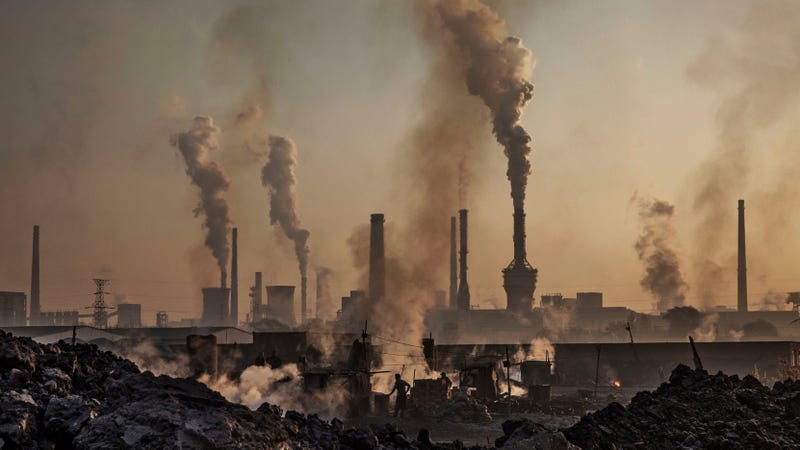
Saturday, August 31, 2019
The Sixth Extinction Chapter 6 - Elyonni Tordesillas
There is a small island in the middle of the Tyrrhenian Sea called Castello Aragonese. The island formed millions of years ago, due to the pressure between the African and Eurasian tectonic plates—a phenomenon that sometimes causes the release of carbon dioxide gas. Kolbert travels to Castello Aragonese in the winter in order to investigate the carbon dioxide levels of the surrounding waters. At Castello Aragonese, Kolbert meets two marine biologists named Jason Hall-Spencer and Maria Cristina Buia. Buia and Hall-Spencer take Kolbert scuba diving and they show her the huge green bubbles rising from the vents in the sea floor. Near the vents, there is very little sea life. Since the Industrial Revolution began in the early 19th century, human beings have burned huge quantities of fossil fuels (coal, oil, and natural gas), a process that has added many billions of tones of carbon to the atmosphere. Humans have also cut down many trees, further increasing the amount of carbon in the air. At the current rate of growth, Kolbert believes, humans can expect the carbon dioxide concentration of the atmosphere to become double what it was before the Industrial Revolution began. The average world temperature could increase by as much as seven degrees Fahrenheit, melting the world’s glaciers and dramatically changing the marine environment. Scientists used to believe that burning fossil fuels didn’t alter the Earth’s atmosphere in any major way. Under the new paradigm, however, it seems clear that humanity’s fuel consumption will have major ramifications for the temperature and acidity of the oceans.


Subscribe to:
Post Comments (Atom)
No comments:
Post a Comment